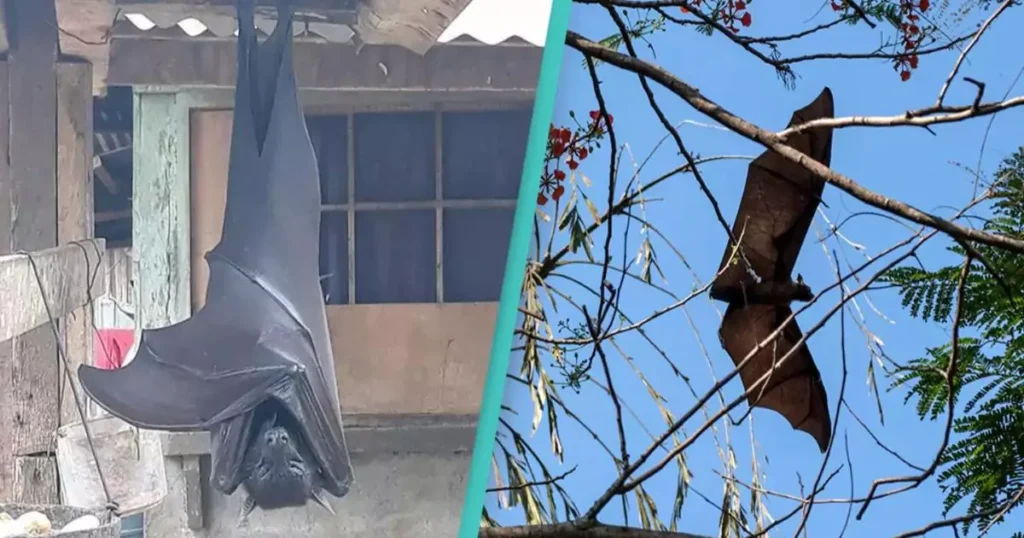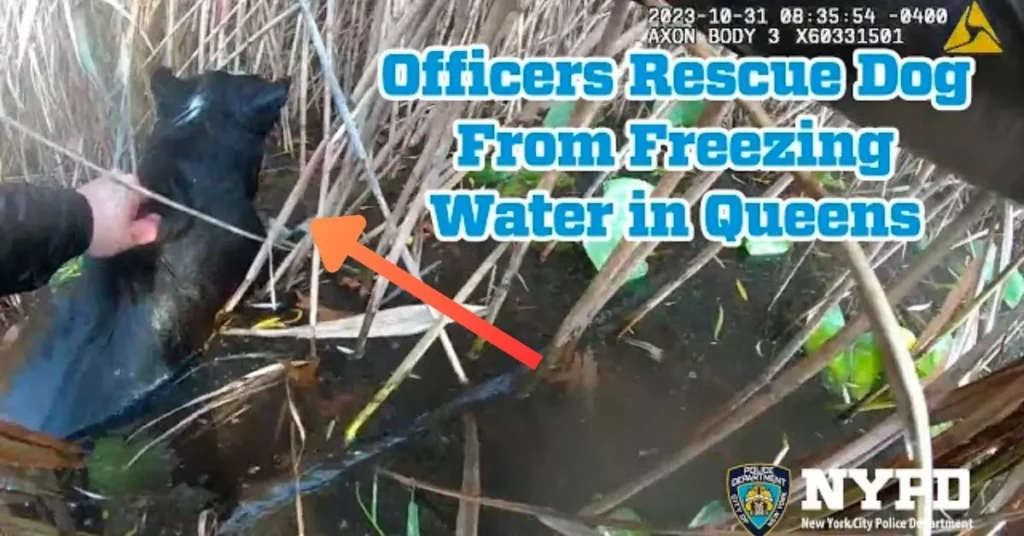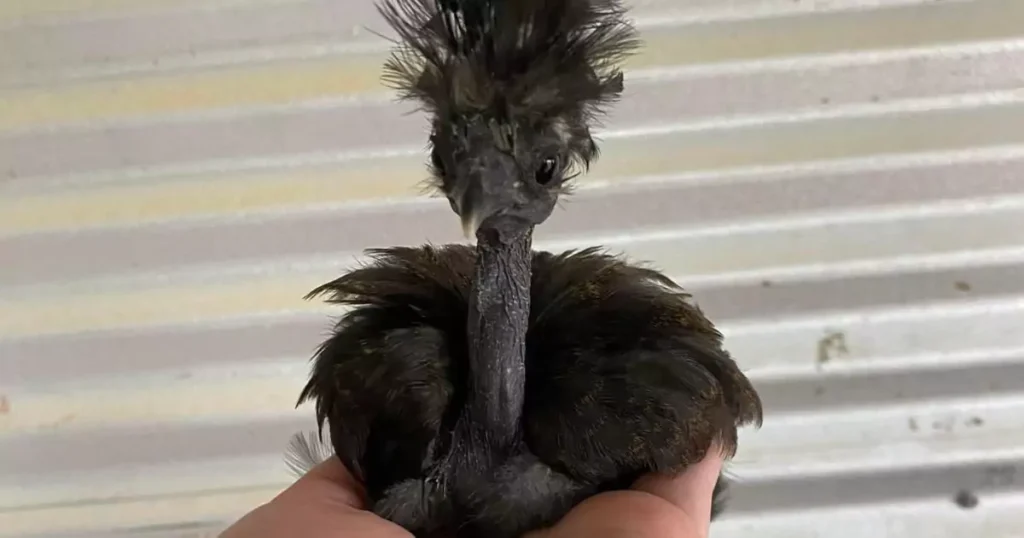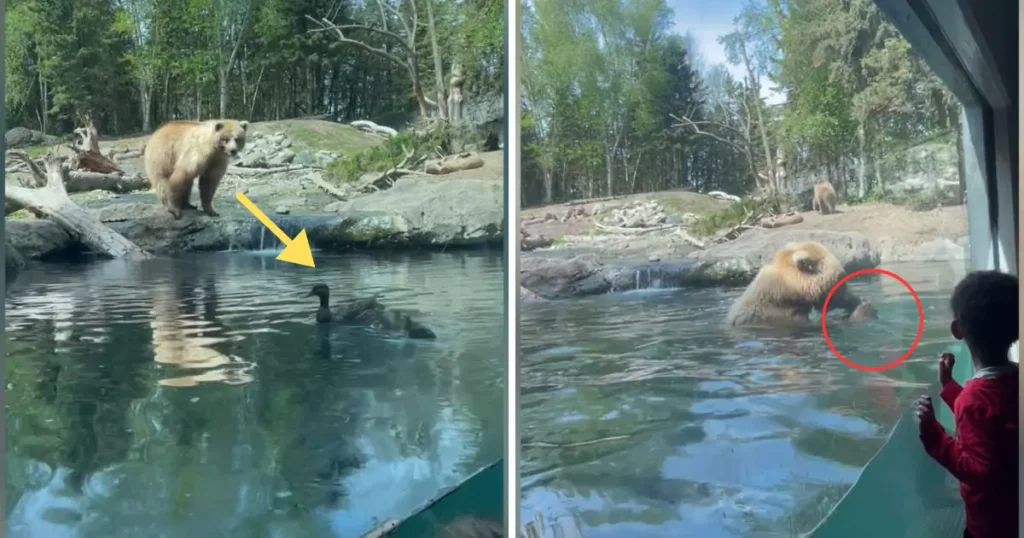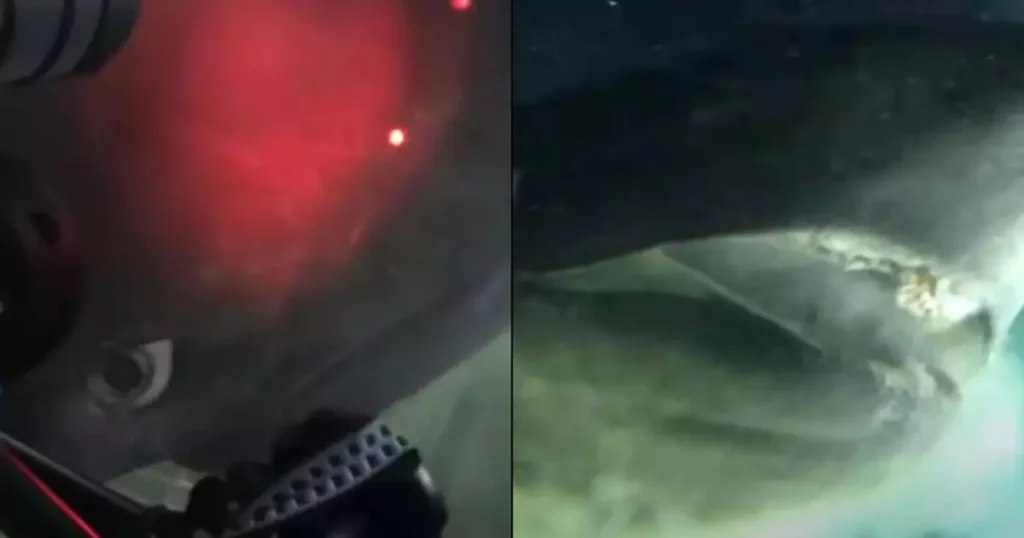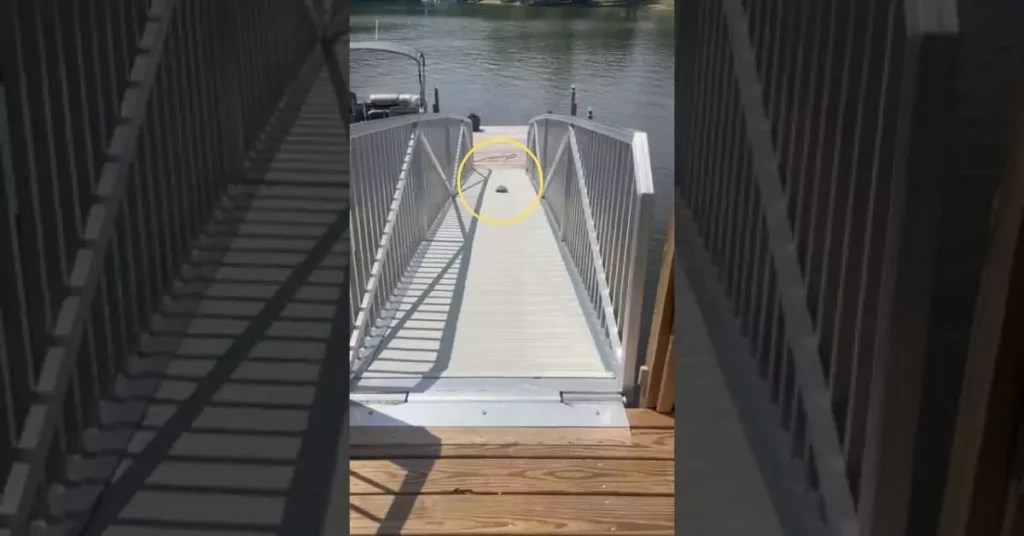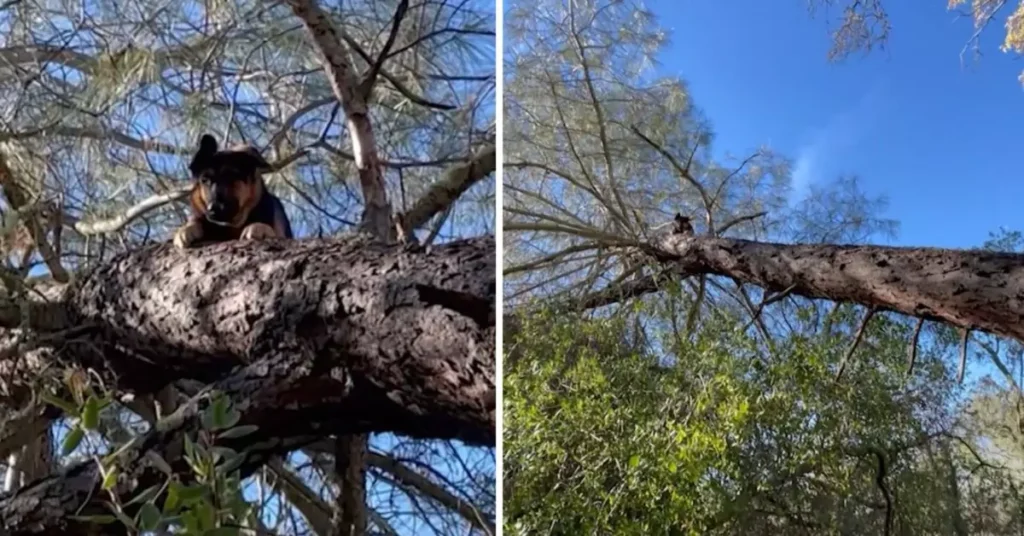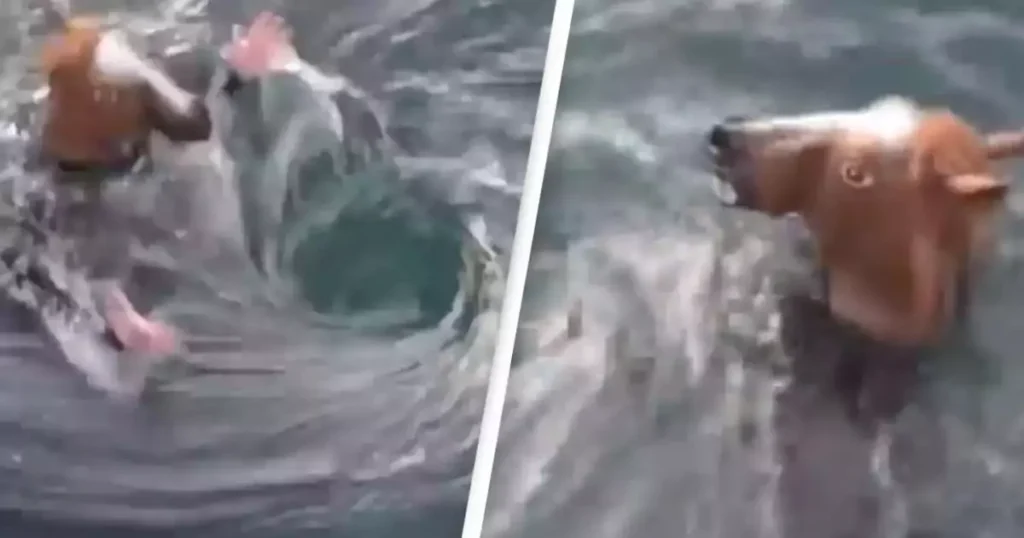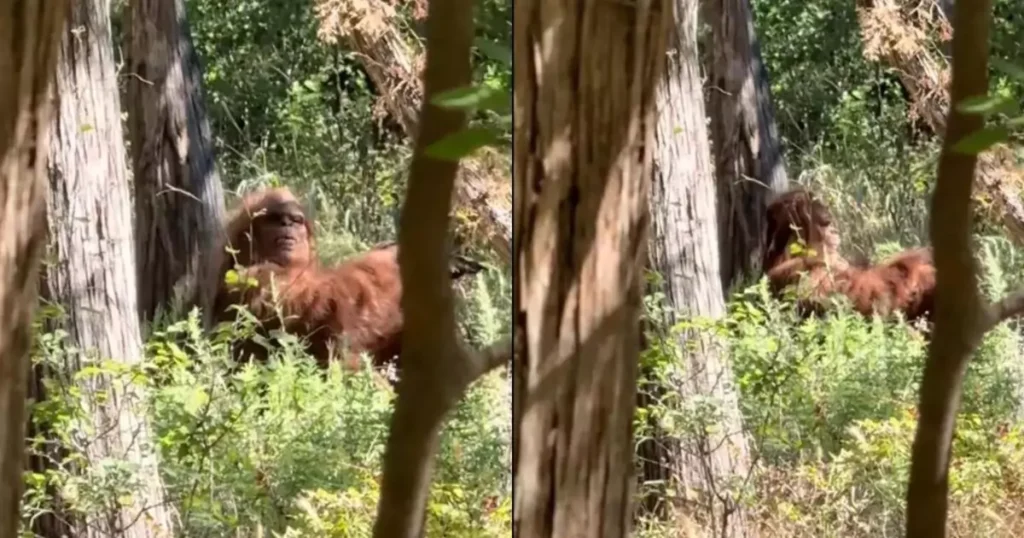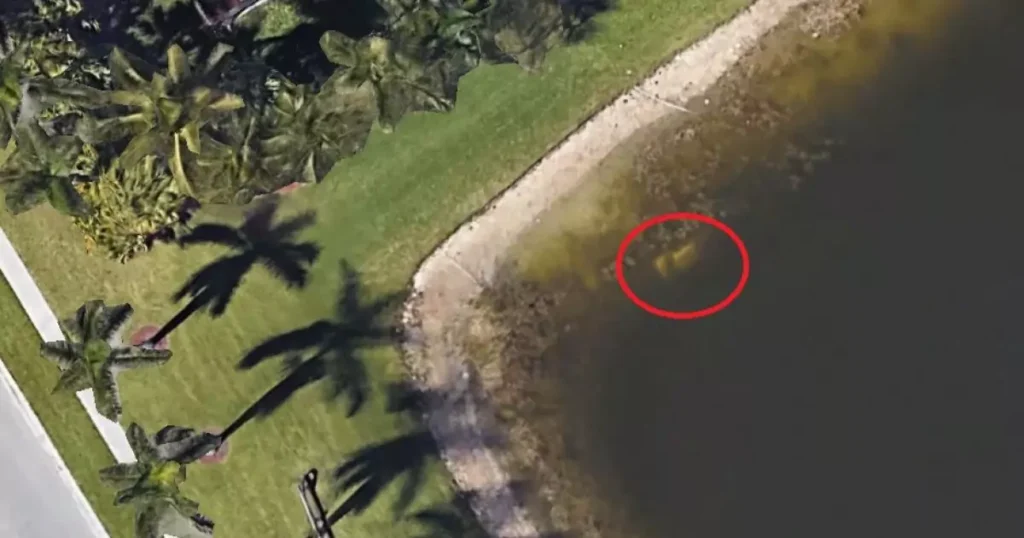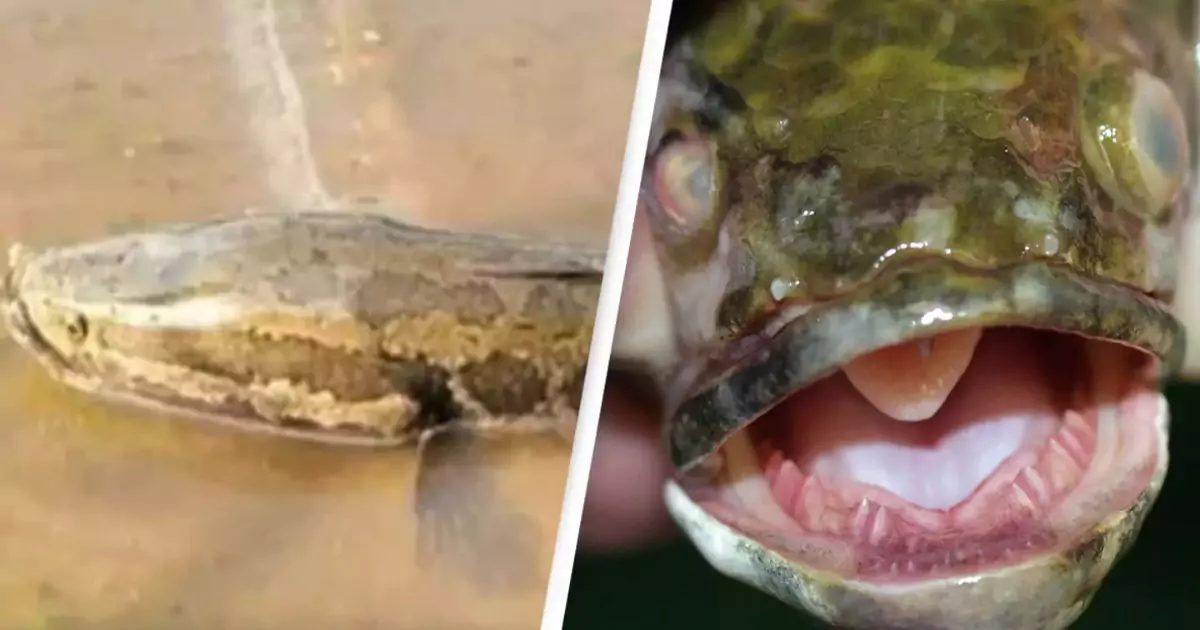
A massive species of fish is making headlines in Missouri, causing quite a stir among local communities and environmental experts. The northern snakehead fish, a native to China, southern Siberia, and North Korea, has recently been spotted in the rivers of Missouri. This invasion of foreign aquatic life is not only a cause for concern due to its ecological impact but also because of the fish’s alarming ability to survive on land for extended periods.
The Northern Snakehead Fish: A Nightmare from the Deep
The northern snakehead fish, true to its name, has a distinct snake-like head, giving it a fearsome appearance. These fish can grow up to 3 feet long and weigh as much as 19 pounds. Their size and unusual appearance are striking, but what sets them apart is their unique ability to breathe both in and out of water.
Breathing on Land: The Suprabranchial Organ
The northern snakehead fish possesses a special anatomical feature known as the suprabranchial organ, located adjacent to its gills. This organ allows the fish to absorb oxygen directly from the air, enabling it to survive out of water for up to four days. National Geographic explains, “This allows the animal to absorb oxygen directly from air by gulping it in through its mouth.” This remarkable adaptation also allows the fish to traverse land, hopping from one body of water to another, further spreading its presence.
Sightings in Missouri
The Missouri Department of Conservation (MDC) has reported multiple sightings of the northern snakehead fish in local waters. The most recent sighting was on May 25, when an angler caught a northern snakehead below the Wappapello Lake Spillway in Wayne County. Recognizing the unusual fish, the angler conducted some research and confirmed it was indeed a northern snakehead. Despite being left on the pavement for several hours, the fish did not die, showcasing its incredible resilience.
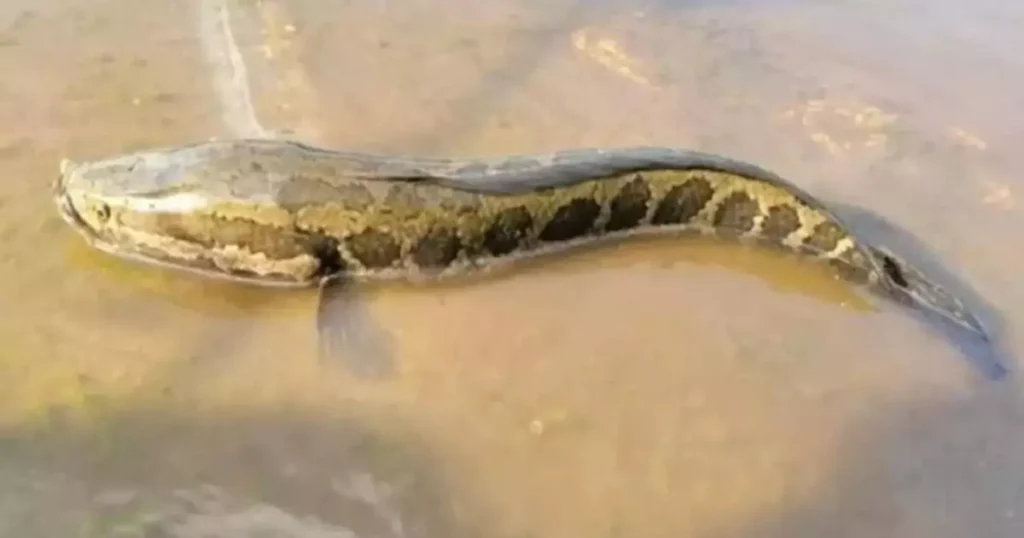
Legal and Environmental Implications
In response to these sightings, the MDC has highlighted the legal implications of possessing northern snakeheads in Missouri. It is illegal to import, export, sell, purchase, or possess a live northern snakehead in the state. The MDC, in collaboration with the U.S. Army Corps of Engineers (ACOE), is actively monitoring the situation to prevent the spread of this invasive species.
Ecological Impact
Northern snakeheads are known to be aggressive predators, posing a significant threat to the local aquatic ecosystem. They can outcompete native fish species for resources and have been known to eliminate other fish in the waters they invade. While they are not considered a direct threat to humans, they may bite if someone gets too close to a guarded nest.
History of Invasion in the United States
The presence of northern snakeheads in the United States is not a recent phenomenon. The species was first found in Maryland and North Carolina as early as 2002 and has since spread to various parts of the country. The sightings in Missouri represent the latest chapter in the ongoing struggle to manage and control the spread of this invasive species.
The Broader Implications: A Call to Action
The invasion of northern snakeheads in Missouri serves as a stark reminder of the broader issues related to invasive species. These incidents highlight the importance of strict regulations and proactive measures to prevent the introduction and spread of non-native species. The MDC’s efforts to monitor and manage the situation are crucial in preserving the local ecosystem.
Health, Life, and Travel Insurance Considerations
While the immediate concern with the northern snakehead invasion is environmental, there are also implications for health, life, and travel insurance policies. Understanding the risks associated with local wildlife and environmental changes can influence coverage and policies. Here are some points to consider:
- Health Insurance: Encounters with invasive species like the northern snakehead, though rare, can result in injuries. Health insurance policies should consider covering treatments for bites or other injuries caused by such encounters.
- Life Insurance: The presence of invasive species can affect local communities and their environment. Policies should be evaluated to ensure they account for potential risks associated with changes in local biodiversity and ecosystem stability.
- Travel Insurance: For those traveling to areas affected by invasive species, travel insurance can offer peace of mind. Coverage can include medical emergencies related to wildlife encounters and trip cancellations due to environmental hazards.
The invasion of northern snakeheads in Missouri rivers is a significant ecological concern that requires immediate attention and action. These fish, with their snake-like heads and remarkable ability to survive on land, are a formidable invasive species that threaten local aquatic ecosystems. The efforts by the Missouri Department of Conservation and other authorities are crucial in managing this situation. Additionally, considering the broader implications for health, life, and travel insurance policies can help individuals and communities better prepare for and respond to the challenges posed by such invasive species.
By raising awareness and taking proactive measures, we can mitigate the impact of northern snakeheads and protect the delicate balance of our natural ecosystems.







